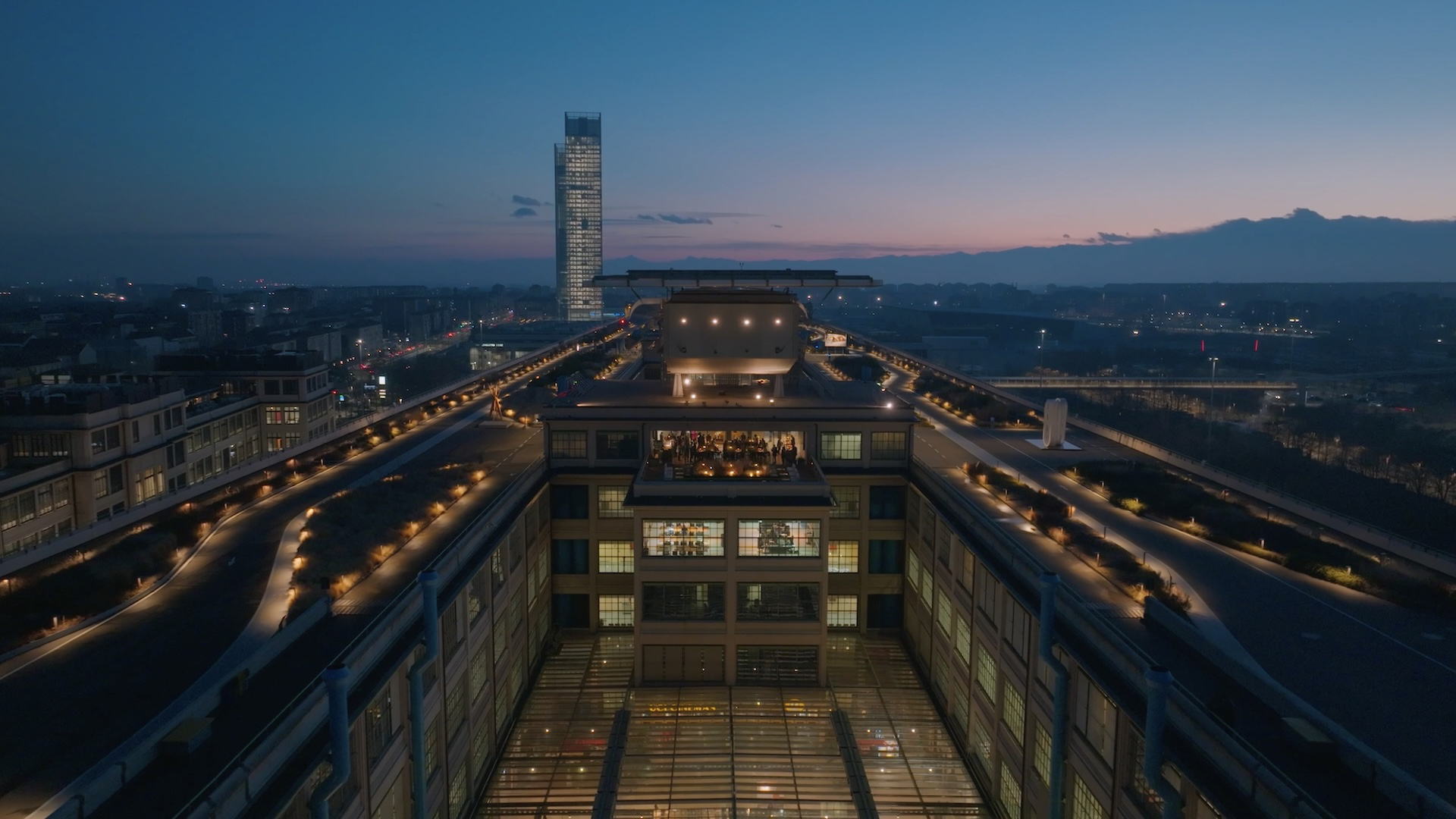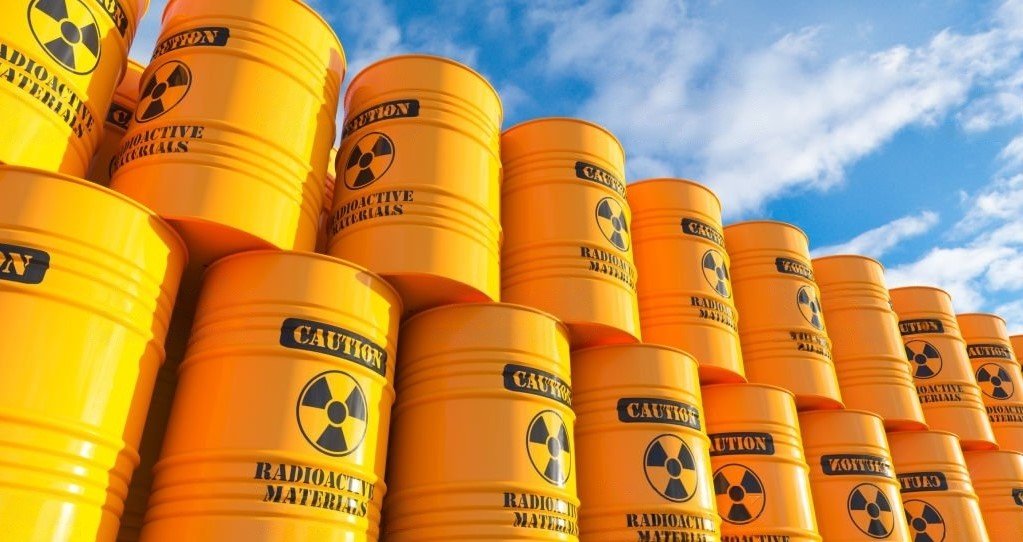
Nuclear semiotics: how do we communicate with the future?
From ancient solar symbols to Nazi insignia and radioactive waste disposal sites: how to convey universal messages for thousands of years amid changing languages, evolving symbols and landscapes designed to repel humans
The swastika is one of the oldest symbols in the world. It first appeared in Palaeolithic engravings from the Mezín culture, made more than 12,000 years ago. It was a recurring ornament in Neolithic pottery from Anatolia, Eastern Europe and the Aegean area. We find it on the seals of the Harappa civilisation in the Indus Valley, on Mycenaean vases, in Scandinavian textiles from the Bronze Age and on Chinese bronzes from the Zhou dynasty. In India, it was a solar emblem, while in Hindu, Buddhist and Jain traditions, it represents a wish for prosperity. However, all of us – at least in the West – immediately associate it with one of the greatest horrors in human history. On 20 June 1920, the “meaning” of the swastika changed forever: Adolf Hitler incorporated it, rotated by 45°, into the flag of the National Socialist Party. On 15 September 1935, he proclaimed it the national emblem of the Third Reich. The rest, unfortunately, is history.
Now, let's try to imagine a human being living in a post-apocalyptic future. The world, culture and society of 10,000 AD have been rebuilt from scratch, with effort and slowness, after a disaster that wiped out the entire historical memory we possess today. The human in question speaks a totally new language, which bears no resemblance to our own languages. Books, parchments, inscriptions, road signs: he is unable to decipher any “signs” that survived the apocalypse. So, how would this person react to the swastikas depicted in the photo of Nazi Germany, having seen the same symbol in a Buddhist temple? Would they be able to understand the different meanings, or would they start making abstruse connections between Hitler and the Shaolin monks? All this, however much it may seem like a mere science fiction exercise, is actually a problem with incredibly concrete implications.
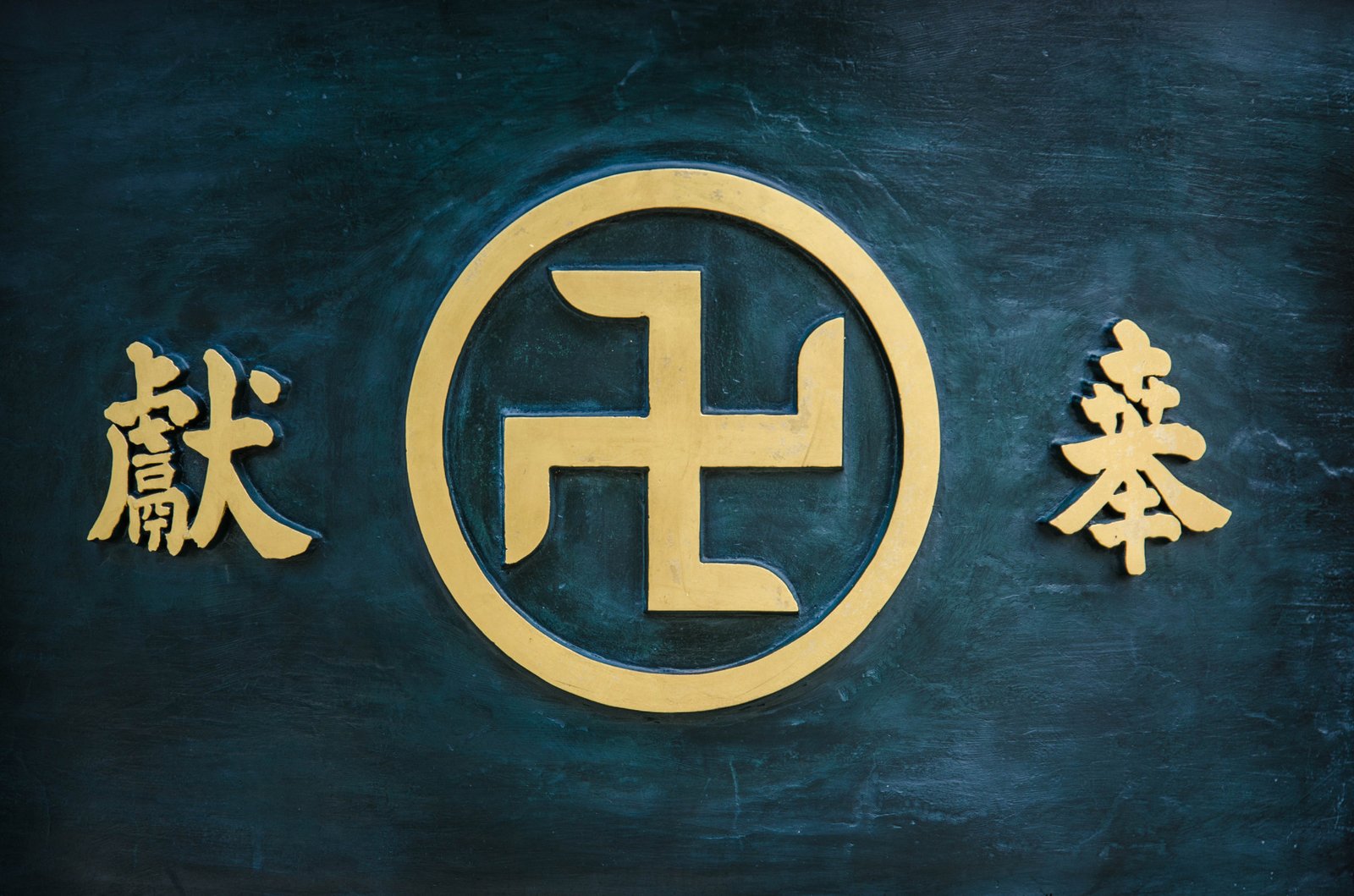
In 1981, after 25 years of nuclear energy production, the US Department of Energy launched a nationwide waste disposal project: at the time, waste already amounted to several tonnes, and its safe storage required meticulous planning. The idea of “dumping” it into space was immediately considered (as absurd as it may seem), but an accident during the launch of the missiles would have had catastrophic consequences. The most logical option, still in use today, was therefore to bury the material in geological repositories, located hundreds of metres underground. But how “long-lasting” is this solution?
The radioactivity of plutonium-239 (the most abundant fissile isotope in spent fuel) halves every 24,000 years. In other words, the waste we have stored in repositories will remain harmful for several millennia. The problem, which some people were already beginning to see with increasing clarity in 1981, is this: how can we communicate its danger to future humans? Considering the safety of our species a priority – rightly assuming this principle to be eternal and absolute – we need a project without an “expiry date”. This is not a minor detail. This is also because, considering our historical precedents, it is completely impossible to predict what will happen in 10,000 years to our culture, our memory, and our very language. Forty years ago, global warming was not discussed (so assiduously), but natural disasters and atomic wars were well contemplated: the world we know today – and with it our notions, memory and experience – could disappear within a few centuries. A few examples help us to define the scope of the dilemma.
The most widely spoken language in the world today is English, in its modern form. Well, a thousand years ago it did not exist. Tamil, one of the oldest languages in the world, can only be deciphered by scholars with extensive specialist training. It took 23 long years to decipher the hieroglyphics on the Rosetta Stone, even though the same text was written in ancient Greek on the same granite slab and was perfectly understandable. Language, to be clear, is not a “reliable” tool: it is not a means that guarantees the correct transmission of information over the millennia. It is not enough to plaster the entrance to the warehouse with signs exclaiming “do not enter!”, “danger!”, “deadly radiation!”. It is highly unlikely that anyone will be able to read them in 10,000 years' time. Worse still, even a clear message that is decipherable (in linguistic terms) by anyone does not ensure the automatic transmission of information. A striking example of this principle can be found in Japan.
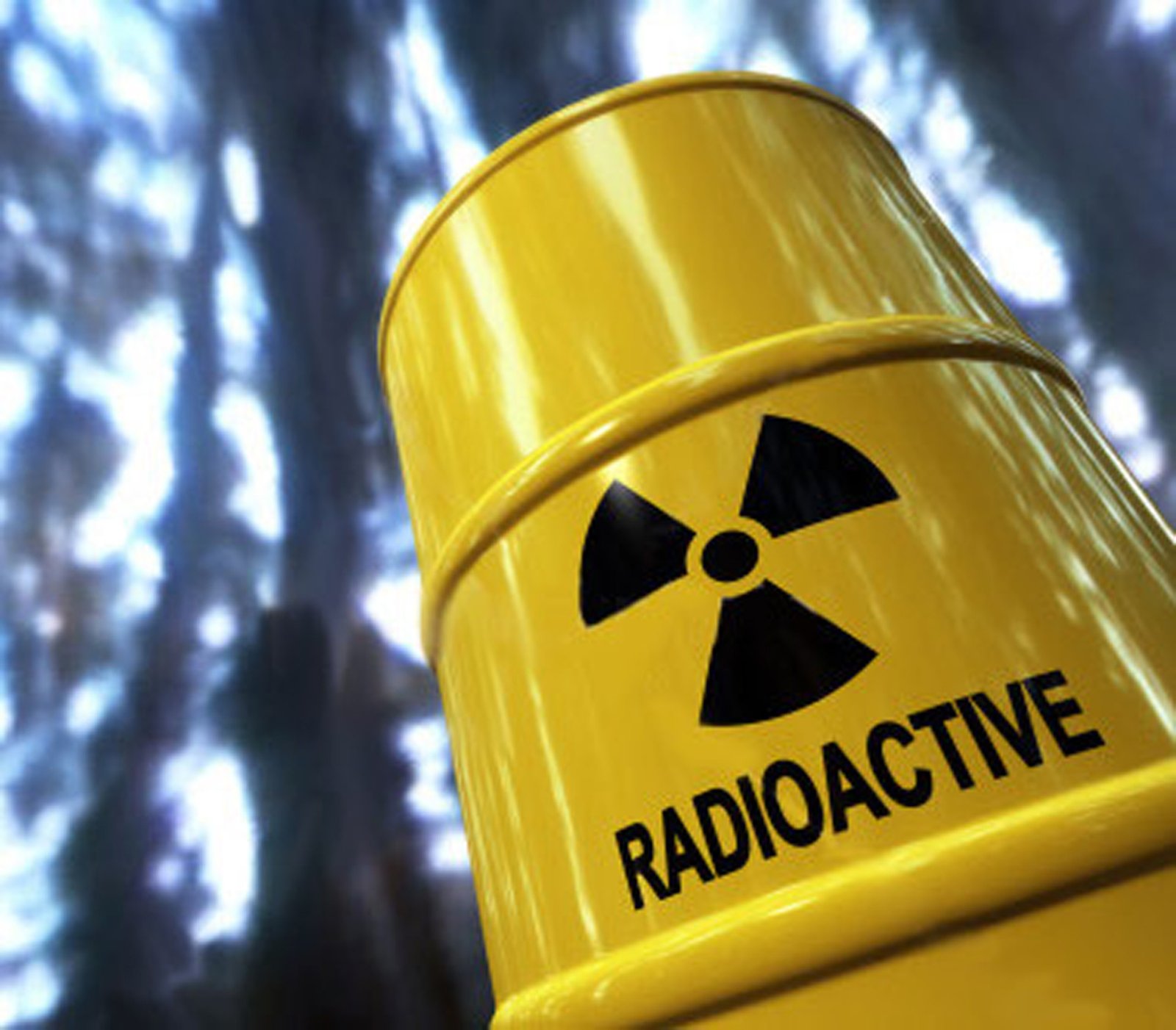
Hundreds of tsunami stones dot the coasts of Honshū and Hokkaidō: granite steles, carved since the 14th century, positioned to indicate the maximum height reached by the waves of the seaquakes that historically devastated the area. On one of them, in Aneyoshi, you can read: “Do not build below this stone”. In 2011, as you will remember, a massive tsunami struck Japan. When the Tōhoku wave swept through the region, the inhabitants of Aneyoshi remembered the lesson engraved by their ancestors and ran to the hills; there were no casualties in the village. A little further south, however, where the stones had become mere street furniture, the sea claimed thousands of lives. This episode demonstrates a fundamental truth: a warning can effectively endure over the centuries, outliving its very “creator”, provided that the message retains value for the people who renew its meaning. Material permanence is not enough; rigorous cultural maintenance is required.
Well, let's go back to 1981. After a few months, the US Department of Energy had realised the scale of the waste problem. A working group was officially formed: the “Human Interference Task Force”, composed of archaeologists, climatologists, linguists, anthropologists and engineers, who were entrusted with communicating the dangers of radioactivity across millennia. The term “nuclear semiotics” appeared in black and white in official documents: a design practice combining physics, linguistics, evolutionary psychology, geology, architecture and even religious storytelling. The avowedly multidisciplinary approach allowed the team to understand the limitations of each traditional sign system, with visual language at the forefront. As mentioned, writing is an inherently unstable vector of information, but images are just as unpredictable. If, for example, we were to create a “cartoon” consisting of a human figure, a radioactive symbol and finally a skull, an incorrect reading of the “text” would reverse its meaning: the left-to-right sequence conveys illness, contamination and fatal danger; conversely, interpreted from right to left, the images express a message of healing. To exaggerate the concept: “Bring a dead person to the warehouse! The radiation will bring them back to life!”. It seems silly, but it is not at all. Unfortunately, symbols change over time: the example of the swastika is emblematic.
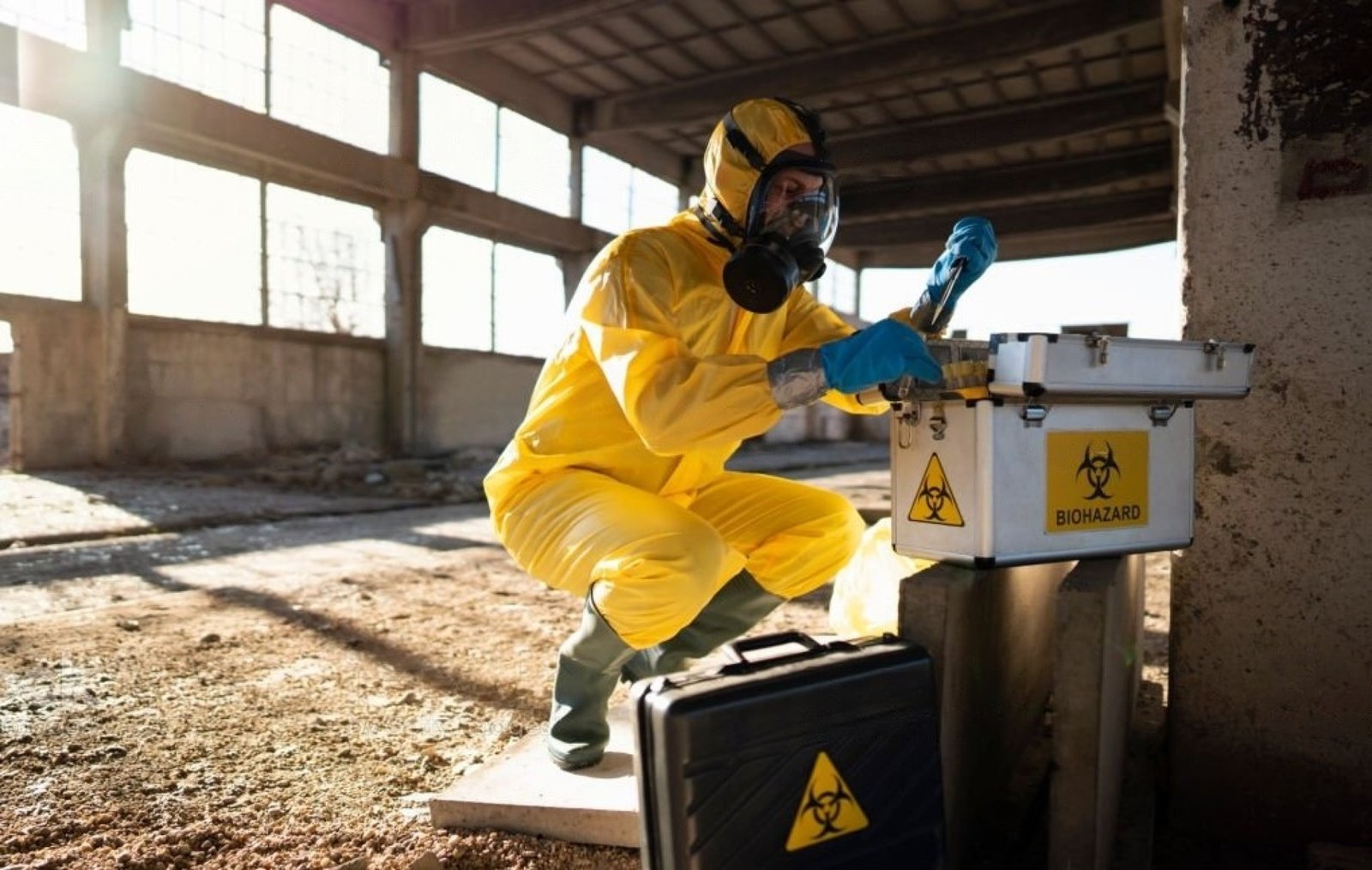
Now, the task force discussed numerous “bizarre” ideas. One of the most original was to genetically modify entire generations of cats – I swear – so that their fur would react to radiation, glowing bright green. The principle was sound, even sensible: cats were domesticated thousands of years ago, they are found in almost every culture in the world, and it is highly likely that their proximity to humans would allow them to survive any catastrophe. By passing on a simple warning through pseudo-religious rituals, such as “if you see a green cat, run away”, the researchers hoped to replicate the effectiveness of atavistic laws, legends and folklore: anyone who encountered a phosphorescent feline would immediately feel a shiver of terror, warning everyone to stay away from the “forbidden” area. By whom? It was irrelevant: fear, as we know, works much better than reason. Nothing was too bizarre, because they were not looking for elegant solutions, but visceral taboos.
Twelve years passed. Proposals abounded, but it was time to find something practical and realistic. Let us remember that the client for the work was the US Government, not a film production company. In 1993, the group merged with Sandia Laboratories. With the support of other researchers (by now it was difficult even to “count” all the people involved in the project), the plan that is still the benchmark for the WIPP repository in New Mexico was drawn up. The proposal took shape around an architectural-artistic-conceptual model: on the surface, a “hostile landscape” of granite peaks, basalt slabs and embankments would be created – a true “physical language of repulsion” – while 600 metres below, the waste would rest in a tomb encased in rock salt.
The SAND 92-1382 report recommended specific guidelines for the site. The total cost of the work is estimated at around $19 billion. It is difficult to say whether these guidelines will be followed to the letter, partly because the planned work will only begin after the closure of the repository, which is still in operation. It could take years, perhaps decades. What is certain, however, is that if all the measures recommended by the task force were to be implemented, the area around the WIPP would become an endless theatre of land art and linguistic conceptualism, becoming the most expensive (albeit inappropriate) work of art ever financed by a government.
Let me explain. Between excavations, infrastructure and markers, the project involves several concentric levels of “warnings” expressed in three symbolic solutions. A “landscape of repulsion” – as mentioned – combined with “narrative pictograms” and a “massage room”. Outside, the researchers have imagined 32 granite pillars as tall as a two-storey building, surrounded by fields of basalt thorns and X-shaped embankments: a post-apocalyptic film set that aims to instinctively generate discomfort. The effect must be the exact opposite of a “welcome”.
For those who, despite the warning, continue along the path, stone panels with engraved sequences have been designed. Remember what we said about captions? Here, a sequence has been devised: “healthy human figure – figure enters the site – figure shows signs of illness – figure dies”. The crucial aspect, in order to avoid the risk of incorrect topological interpretations, is asymmetry: the vignettes are not aligned so that the reader cannot invert them like a comic strip read from right to left, transforming death into healing.
Finally, at the heart of the site, there is a chamber housing a stone slab inscribed in seven languages (English, Spanish, Russian, French, Chinese, Arabic, Navajo) plus some blank spaces for future translations. The manifesto reads: “This is not a place of honour. No highly esteemed deed is commemorated here”. An important lexical choice: any heroic rhetoric is avoided, because commemoration could attract curious visitors.
Ultimately, nuclear semiotics perfectly applies the concept of “redundancy”: it is worth clarifying its scientific scope. According to mathematician Claude Shannon, father of information theory, a message that travels through a “noisy channel” – telephone cables, valve radios or, in this case, ten millennia – risks being distorted. The only way to reduce error is to replicate the content: more copies, more wavelengths, more materials. Morse code uses three symbols (dot, dash, pause) in a thousand combinations so that interference does not erase the entire word; audio CDs duplicate bits so that a scratch does not turn tracks into white noise. In military radio communications, “bravo” and “delta” are used instead of “b” or “d”, which are easily confused. 'More' in this case is better than “less”. At WIPP in New Mexico, redundancy becomes: stone + architecture + text + mythical narrative. If one element disappears, another remains. Will it work? I fear none of us will be there to see it.
However, there are those who have chosen to apply a diametrically opposed philosophy. Finland, with the Onkalo repository, has chosen to rely on oblivion. No markers, no myths: all the waste is sealed in the darkness of a diorite mine. If no one sees it, no one will be tempted to dig in the ground. Of course, the same thing could happen, but it would be purely by chance. In calculating the probabilities, the decision was made to avoid any signs that might indicate something “special”, any detail that might attract curiosity rather than deter people. It is a radical gamble: total “counter-redundancy”.
Whatever strategy is used, the common denominator is the awareness that the future does not share our semiotic certainties. Designing a universal warning is equivalent to constructing an alphabet in which meaning is inscribed in the material itself: the density of granite, the non-Euclidean geometry of the landscape, the obsessive repetition of a pattern. With the ever-present risk that the message will end up attracting rather than repelling.
Perhaps humanity in 12,025 will laugh at our fears, just as we smile at the apotropaic mottos of classical times; perhaps it will interpret the WIPP site as a mausoleum, perhaps as a sacred portal, perhaps it will not find it at all. But the attempt to communicate beyond the barriers of language, ideology and technological collapse remains a wonderful experiment, a laboratory of “contamination” (an unfortunate term, I know) between science and art. Here, on the borderline between particle physics and monumental sculpture, the only letter that Homo sapiens has ever tried to address explicitly to his great-great-great-great-great-grandchildren is being written. Only time will tell if the message will arrive – with all the consequences that this entails.
Creative, teacher and expert in visual culture, Alessandro Carnevale has worked on TV for several years and has exhibited his works all over the world. In 2020, the Business School of Il Sole 24 Ore included him among the five best Italian content creators in the artistic field: on social media he deals with cultural dissemination, covering a wide spectrum of disciplines, including the psychology of perception, semiotics visual, aesthetic philosophy and contemporary art. He has collaborated with various newspapers, published essays and written a series of graphic novels together with the theoretical physicist Davide De Biasio; he is the artistic director of an open-air museum. Today, as a consultant, he works in the world of communication, training and education.


